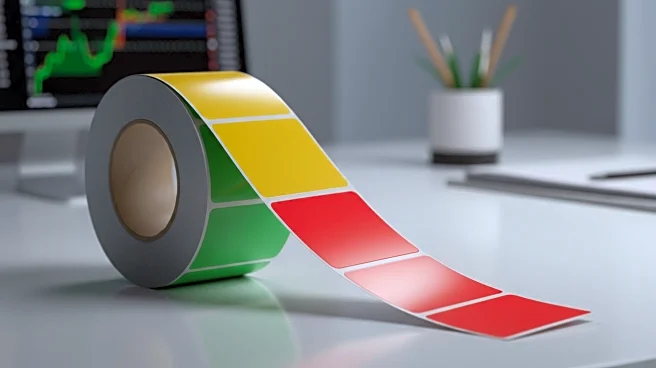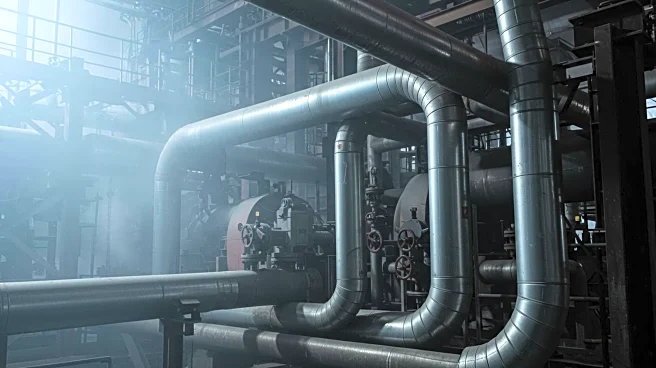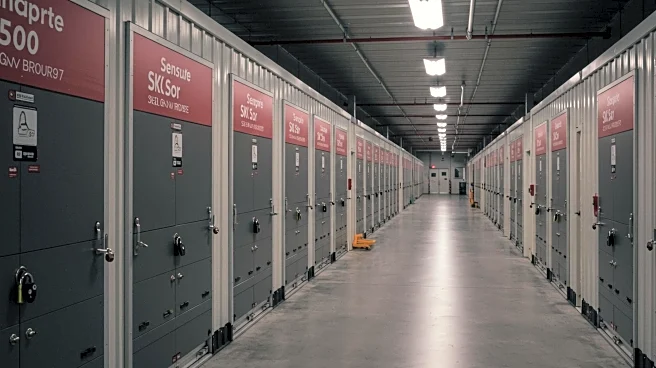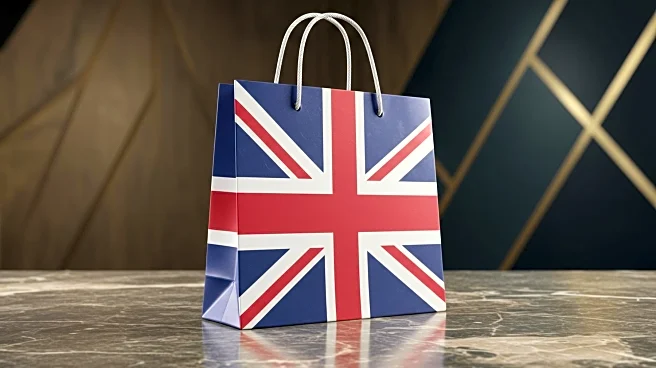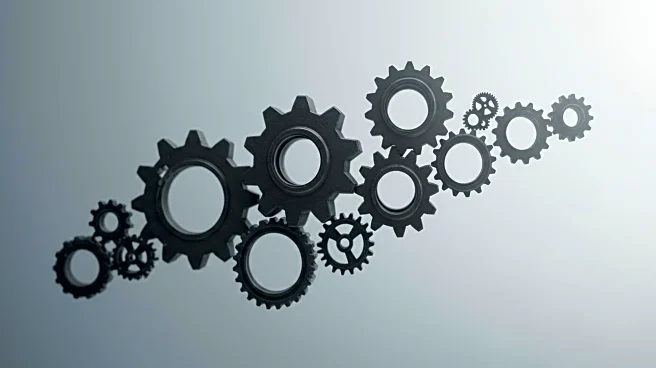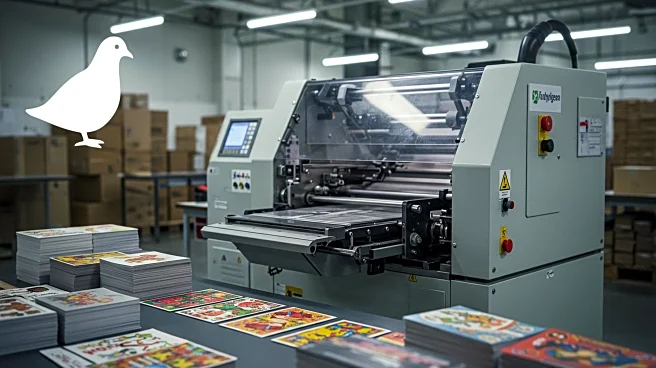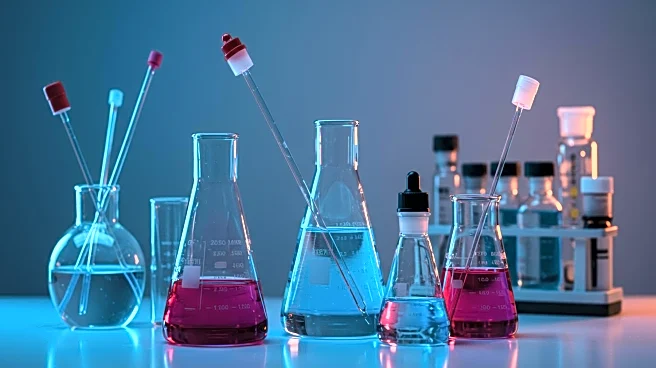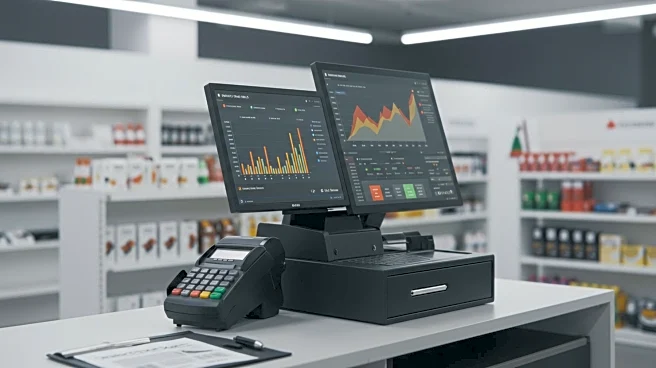Rapid Read • 9 min read
The self-adhesive label material market is experiencing significant growth, with projections indicating it will reach $45 billion by 2033. This market, valued at $32 billion in 2024, is expanding at a compound annual growth rate (CAGR) of 4.5%. The growth is driven by increasing demand across various industries, including food and beverages, pharmaceuticals, personal care, and retail. Self-adhesive labels are crucial for product differentiation, consumer engagement, and regulatory compliance. The rise of e-commerce and global trade has further accelerated the need for efficient packaging solutions that combine aesthetics with functionality. Key trends shaping the market include sustainability, customization, and consumer-centric innovation, with digital printing technologies enabling personalized and decorative label designs.
AD
The expansion of the self-adhesive label material market is significant for several reasons. It reflects broader shifts in consumer expectations towards sustainability and personalization in packaging. As brands strive to meet eco-conscious consumer demands, they are increasingly adopting biodegradable adhesives, recyclable paper, and eco-friendly plastics. This shift is crucial as packaging waste accounts for a substantial portion of global plastic waste. The market's growth also highlights the importance of technological advancements, such as digital printing and smart labels, which enhance supply chain visibility and consumer engagement. Companies that innovate in these areas stand to gain competitive advantages, while those that fail to adapt may face regulatory challenges and lose market share.
Looking ahead, the self-adhesive label material market is poised for further transformation. The integration of smart labels with RFID, NFC, and QR technologies will become more prevalent, enhancing supply chain management and consumer interaction. Sustainability will continue to be a driving force, with companies exploring recyclable plastics and biodegradable adhesives to align with global climate goals. Regulatory pressures will intensify, pushing manufacturers to balance profitability with compliance. Companies that successfully navigate these challenges will benefit from brand differentiation and increased customer loyalty. The market's evolution will redefine packaging strategies, blending functionality, aesthetics, and environmental responsibility.
The self-adhesive label material market's growth has deeper implications for the packaging industry. It underscores the need for companies to embrace circular economy principles and innovate in material science to reduce environmental impact. The shift towards smart labels also highlights the growing importance of data-driven insights in packaging, enabling brands to enhance consumer experiences and streamline operations. As sustainability becomes a mainstream demand, companies must prioritize eco-friendly practices to maintain competitiveness and meet regulatory standards. The market's trajectory suggests a future where packaging is not only a protective layer but a vital expression of brand values and environmental responsibility.
AD
More Stories You Might Enjoy
